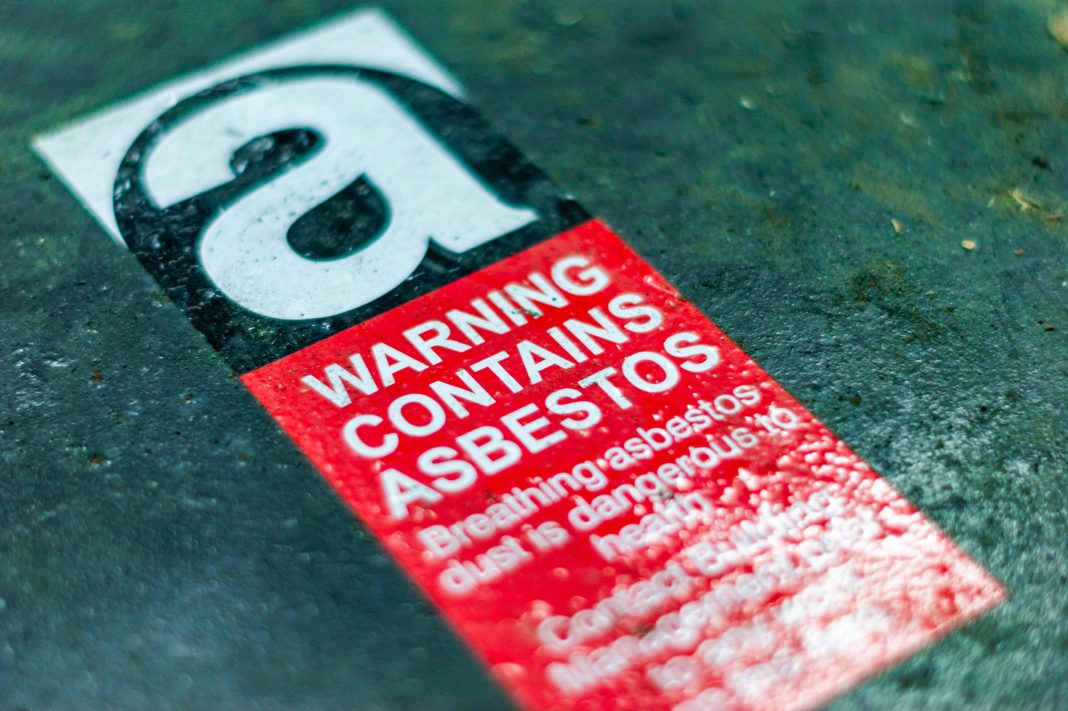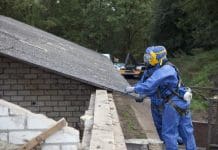According to a new study by law firm Slater and Gordon, 11% of people working in the industry, including architects, construction workers and engineers, aren’t sure what asbestos is and the risks it poses
Asbestos-related diseases still claim 5,000 deaths every year. A long latency period often means several decades can pass before the onset of symptoms. For those who have been exposed to asbestos, the health implications can be devastating.
An estimated 1.5m buildings in the UK still contain asbestos
Although asbestos was fully banned in the UK in 1999, it is estimated that around 1.5m buildings in the UK still contain the cancer-causing mineral.
According to the survey results, it seems that the sector still needs to be educated about the dangers of asbestos.
11% of workers, including architects, construction workers and engineers, aren’t sure what asbestos is. Additionally, 7% of those surveyed did not know asbestos can cause health problems, with more than a quarter (27%) of those unaware that mesothelioma can occur as a direct result of exposure.
In fact, 4% of those surveyed thought handling asbestos was perfectly safe.
One in five construction workers did not realise that they were at an increased risk of exposure
Of those surveyed, 29% didn’t realise asbestos could be found in industrial buildings, 42% weren’t aware it could be present in ceiling and floor cavities, and more than half (51%) weren’t aware it might be in floor tiles.
An additional 40% of industry employees thought residential buildings were always asbestos-free.
‘Everyone should be aware of what asbestos is and what the implications of exposure are’
Jordan Bell, principal lawyer & head of Industrial Disease Department at Slater and Gordon, said: “Although asbestos is no longer used in the construction of buildings, it is still present in buildings that were built many years ago – from schools to factories and even homes -and therefore there is still a risk of exposure to anyone that uses those buildings. This means everyone, not just those who handled the asbestos at construction stage, should be aware of what asbestos is and what the implications of exposure are.
“It is also important to be aware that family members of those who were employed in potentially high-risk industries whilst asbestos was in use are aware of what asbestos is. As the latency period of asbestos exposure is so long, it may be worth speaking with elderly family members who worked in these environments to determine where they believe they were exposed and how that exposure to asbestos occurred.
“Despite the fact that asbestos is no longer used as a construction material, we are not seeing a reduction in the number of claims related to exposure. This is in part due to the extended latency period of asbestos-related illnesses but we also cannot ignore the fact that it is still prevalent in so many buildings. If you, or a family member, has suffered with an asbestos related disease, a specialist industrial disease solicitor will be able to advise you on next steps.”














